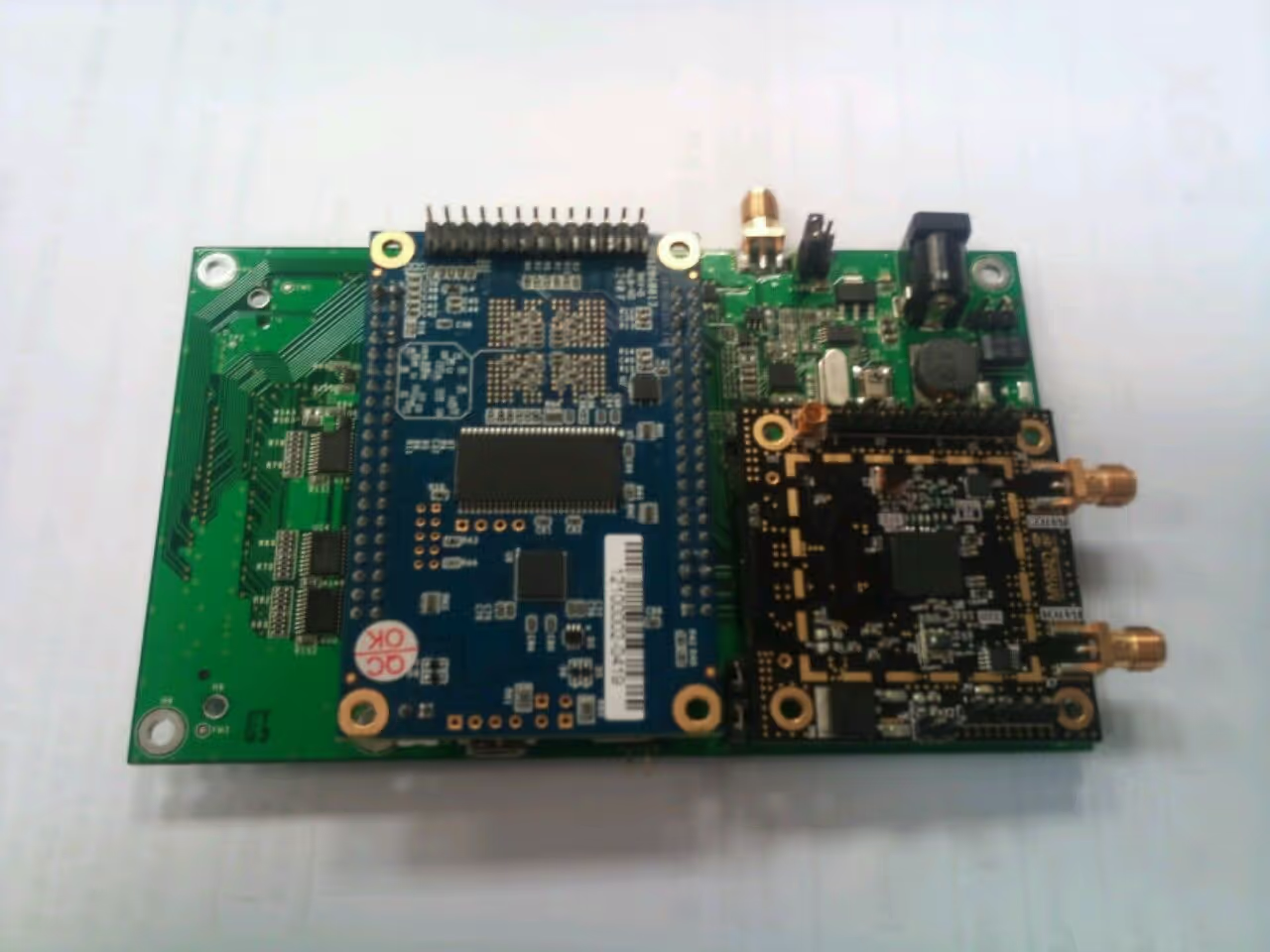
Lime, Azio and E-Elements team up to launch Myriad RF connector board for multiple FPGA platforms
A multi-carrier FPGA connector board for field programmable RF transceiver systems has been launched to significantly cut the cost of RF product development.
The ESO-001 board is a joint development between field programmable RF chip developer Lime Microsystems, distributor Azio Electronics and FPGA system designers E-Elements.
The twin-standard mezzanine board supports both DE0-Nano and FMC FPGA interfaces, enabling it to link the majority of field programmable RF boards – including Lime’s development platform, Myriad RF – with both Xilinx and Altera FPGA developer kits. The launch enables wireless networks of almost any size and complexity to be easily created on any mobile standard or frequency.
The board also integrates USB functionality enabling you to connect it straight to a PC or Raspberry Pi, enabling the PC itself to act as the baseband.
The ESO-001 is priced at US$199 (£123, €145), a fraction of competing technologies. When combined with a low cost platform, such as Myriad RF ($299, £184, €219) it creates an exceptionally low cost, professional grade RF development platform capable of developing networks of almost any complexity, which can be configured to work with or around the available whitespace in any given geographical market.
Andy Chang, CEO of Azio, said: "The ESO-001 enables RF developers to create efficient, perfectly optimized products and also to take them to market rapidly. We strongly believe this solution will not only benefit manufactures but it is ideal for the education sector too."
Lime CEO and Myriad RF founder, Ebrahim Bushehri said: The combination of FPGA and FPRF delivers a unique level of flexibility and the low cost brings this to all, meaning innovation can accelerate."
E-elements General Manager, Chris Wu said: "The previous standard used by virtually all FP-RF boards was the DE0-Nano. By combining this with the FMC for Xilinx, we can work with both of the major FPGA players and reach roughly 90% of FPGA users."